Research topics
Surfactants in solution Dissolution of surfactant liquid crystals is an important process both at the manufacturing stage of surfactant based formulated products and during their use. We use dissipative particle dynamics simulations to study the equilibrium behaviour of surfactant solutions, which can contain oil, alcohols or nanoparticles, as well as the transport properties of additives or other reacting species. |
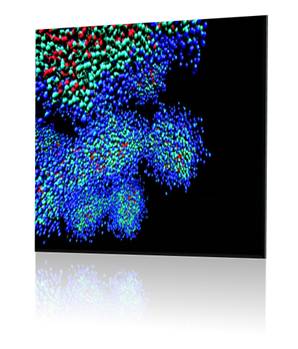 |
Microporus polymers (in collaboration with Peter Budd, Chemistry) We study the properties of a new class of materials known as polymers of intrinsic microporosity (PIMs). These materials can have potential applications as adsorbents or membranes, but understanding their structure, dynamics and sorption capacity is essential to develop new materials with improved properties. |
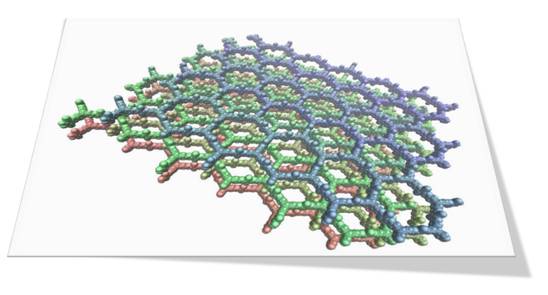 |
Integrating nanomaterials in formulations Formulated products are all around us, from personal care products, pharmaceuticals to agrochemicals. These products can benefit from the explosion of novel nanostructure materials that have been developed over the last decades. Nevertheless, to effectively introduce nanomaterials in formulations we need to understand their interaction with other components present in the formulations and their effect in the formulation properties. |
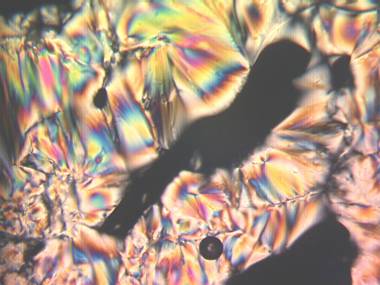 |
Structural and dynamical properties of polymers and dendrimers Synthetic polymers and dendrimers can be used in a vast range of applications depending on their chemistry. We simulate them in different environments and conditions (in equilibrium and under shear) and recently we have looked at their properties at interface. |
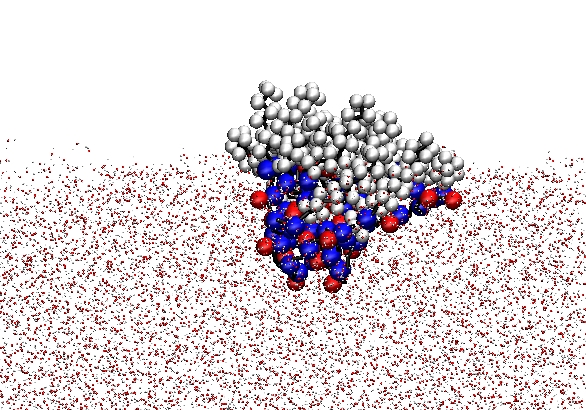 |
Modelling the interaction between soft and living matter The use of amphiphilic polymers in nanomedicine or for biological applications has increased enourmosly in the last decade. We recently have started simulate them and their interactions with lipid membranes in order to predict and rationalize the design of these new materials. |
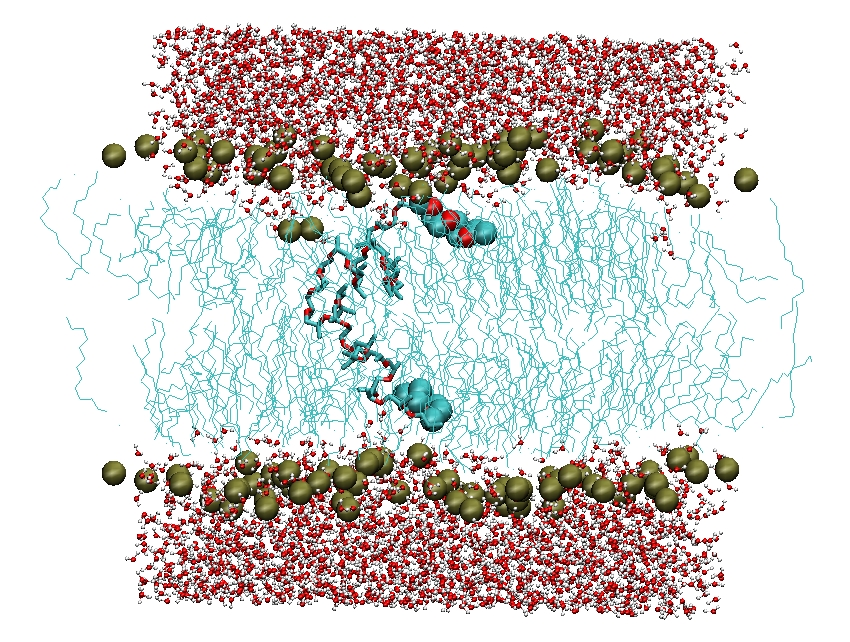 |
Developing of new particle based models for soft materials Atomistic simulations are often not powerful enough to investigate important phenomena occurring in soft matter. We develop new coarse-grained and hybrid models in order to sample efficiently the conformation space and in the mean time to conserve the important chemical details of the molecules. |
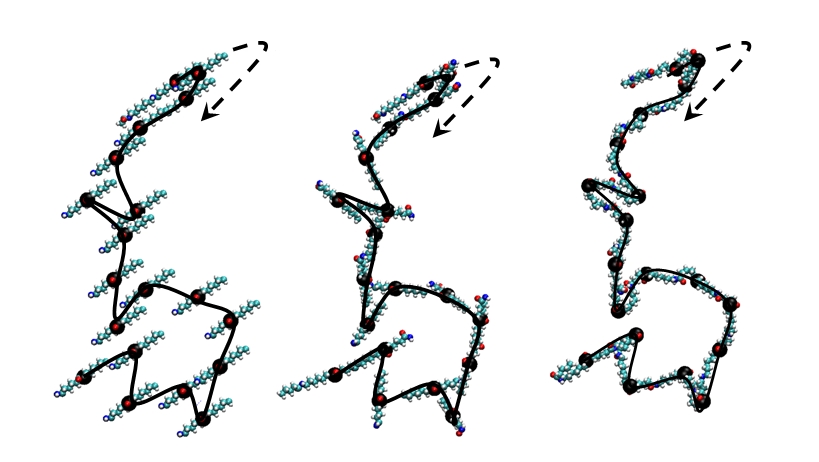 |